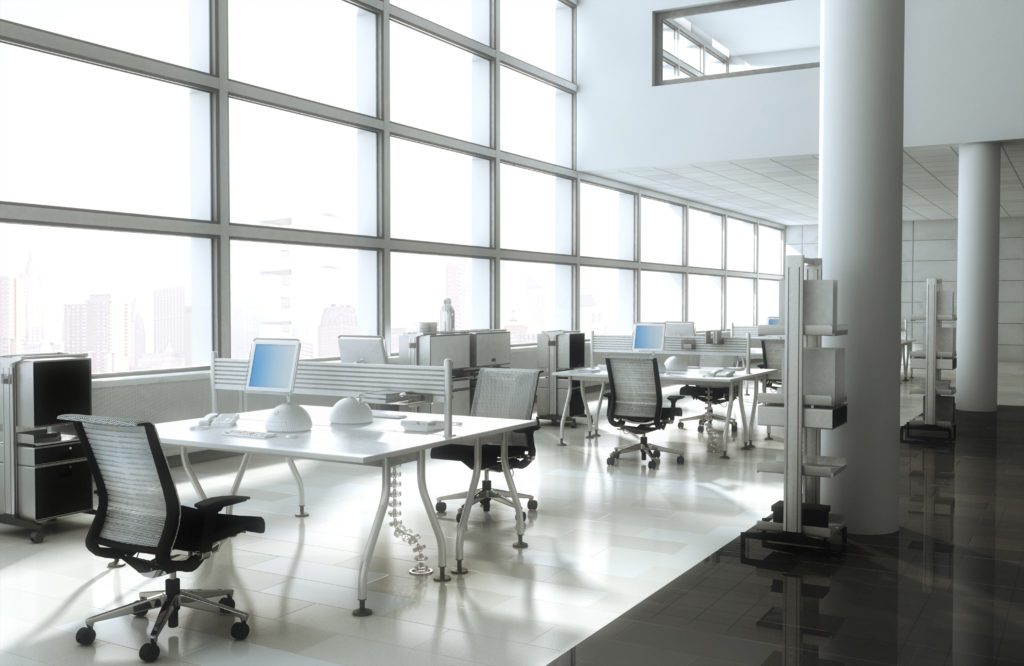
Research into how we work is nothing new. First, there were factory floors, then large office spaces that resembled factory floors, then cubicles, then the revolution against cubicles, then the technology and internet age. Every step of the way business executives and heads of major companies have been trying to figure out a way to improve the way we work. A big part of improving productivity and increasing collaboration lies in the way that people’s workspace is arranged, although not many companies consider this as an asset or tool for growth. Here at Indoff Office Furniture, we understand that the office is not just the place we arrive at in the morning with coffee stains on our shirt, our hair undone, and flustered from the morning commute. The office space needs to be so much more than that.
Many startups and tech companies today are trying innovative ways to propel their workforce to improve workflow. Sometimes it feels like they are at odds with themselves. After all, the office is not one dimensional. Here at Indoff Office Furniture, we understand that. We see the office as a place that should inspire creativity but also encourage comfort; it is a place that lends itself to quiet solitude and focus but also makes interaction and collaboration easy. The office space should do all these things while maximizing space and suggesting a feeling of modernity and coziness.
Let’s take a step back, where did all this begin?
The roots of the office design were born out of necessity. As the white-collar age began, many big-time company execs understood that housing all of their employees in one building could present a series of problems but also opportunities. During the turn of the 20th century, Taylorism was born and would today be looked at with some scorn. The office layout consisted of a fully open layout with all employees laid out in one big room as company executives looked on from above the way that factory floors were often structured. This creation of hierarchy and separation would not bode very well today but the movement was deemed Taylorism, after Frederick Taylor, who was obsessed with productivity and efficiency. The levels were soon done away with and the arrangement became more utilitarian by the mid-50s, although much of the space still remained relatively open. Later in the 20th century, Herman Miller created the Action, a semi-personal workstation that created dividers between workers but gave enough space for some conversation. This little station has gained quite the reputation and has in some ways become synonymous with the drone and tedium of modern life, yet it did change the way that office space was conceived for many years. This is, of course, the cubicle.
The Move Towards Collaborative Spaces Using Furniture and Space Arrangement
The modern age has us not only working with technology but working to further technological advancements, services, software, and more. Regardless of what your office works on or develops, the space where your workers attack the problems and challenges must be conducive to a better work environment.
Approaches to Better Office Design and Increased Productivity
See your office design and furniture as tools for growth. For the modern age, this might include re-engineering office space to encourage interactions and communication between different departments or types of employees. Let the developers mingle with the designers, let the creatives watercooler-talk with the salespeople, and let the managers interact free with their teams. This happens simply by re-thinking the way our spaces are laid out. In terms of furniture, it might include using different types of desks in one area and other more private cubbies in another.
Use furniture as a way to set the tone and create comfort. There are so many more options today than simple cubicles or bland desks that tend to create clutter. One thing that does increase people’s stress is the clutter that begins to form when the arrangement of the room is not conducive to storage or the maximizing of space. Today’s office furniture offers a lot of interesting alternatives, many of which can increase employees’ comfort level and set different tones for different rooms. Technology companies like Google—who have truly revolutionized the office space— have found that productivity happens in a spectrum, so they have designed different rooms to be conducive to different types of work, from solo work to semi-quite focused areas, to full open collaborative spaces.
Indoff Office Furniture is meant to help you maximize and reengineer your office space in a way that inspires your employees to be more productive, comfortable, and happy at work.
 Do you find yourself taking work home, wondering why you couldn’t get done
Do you find yourself taking work home, wondering why you couldn’t get done 